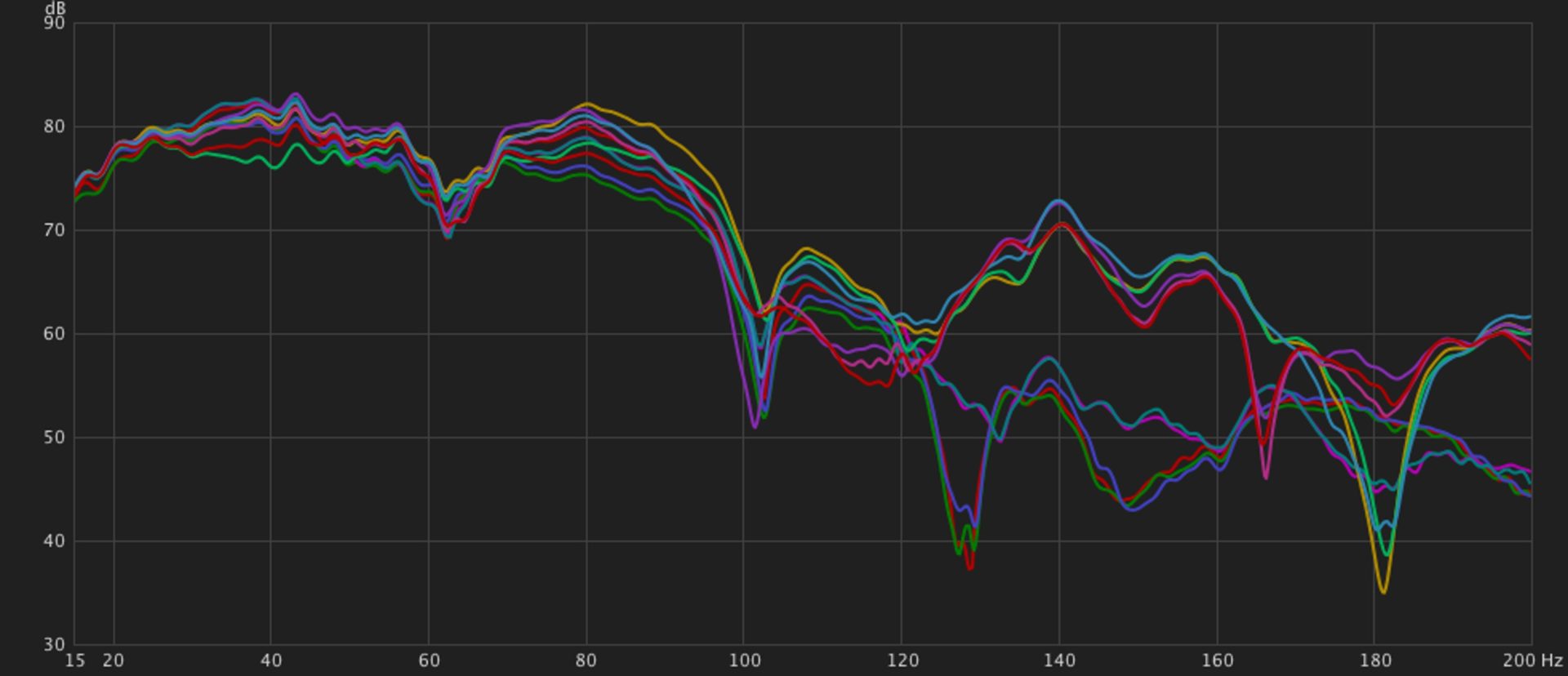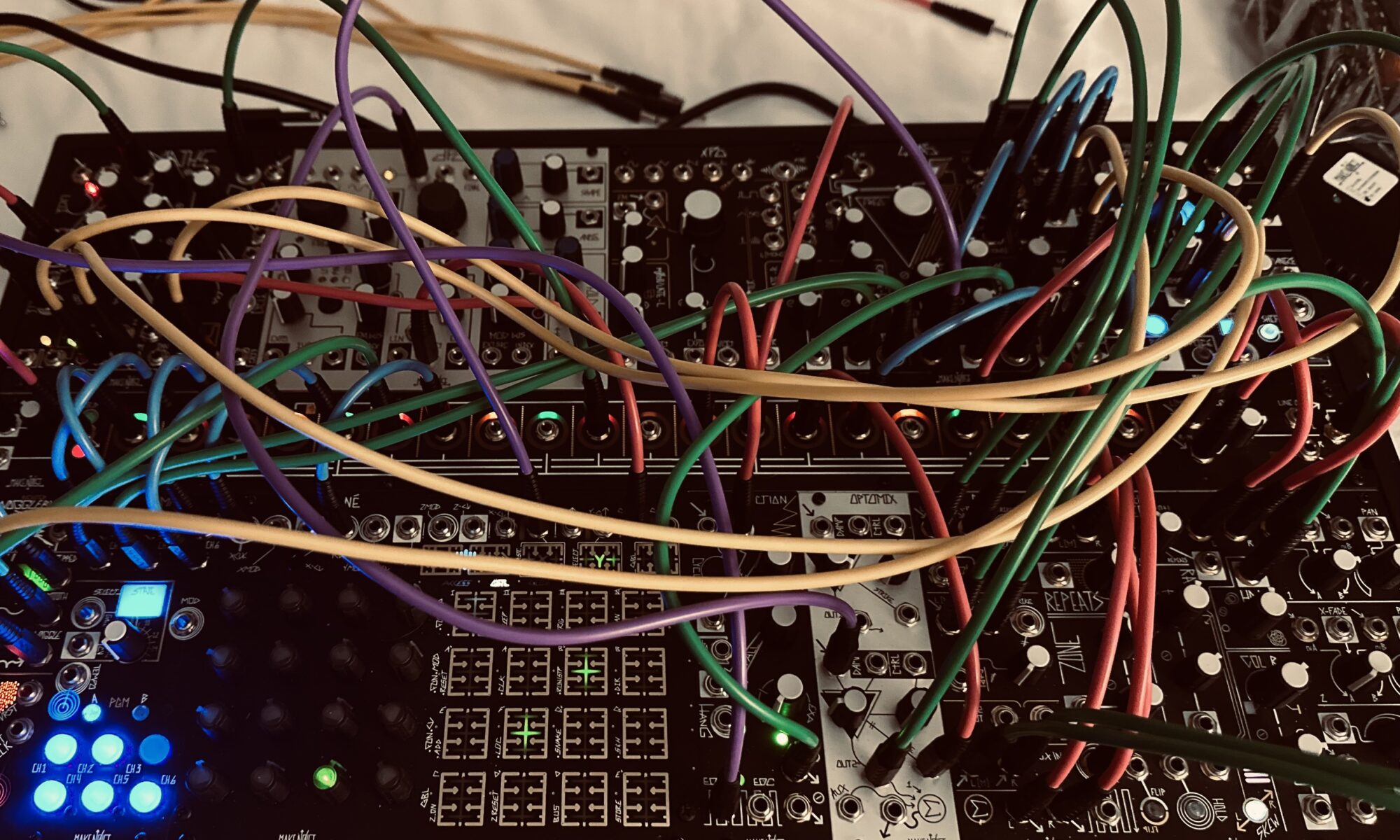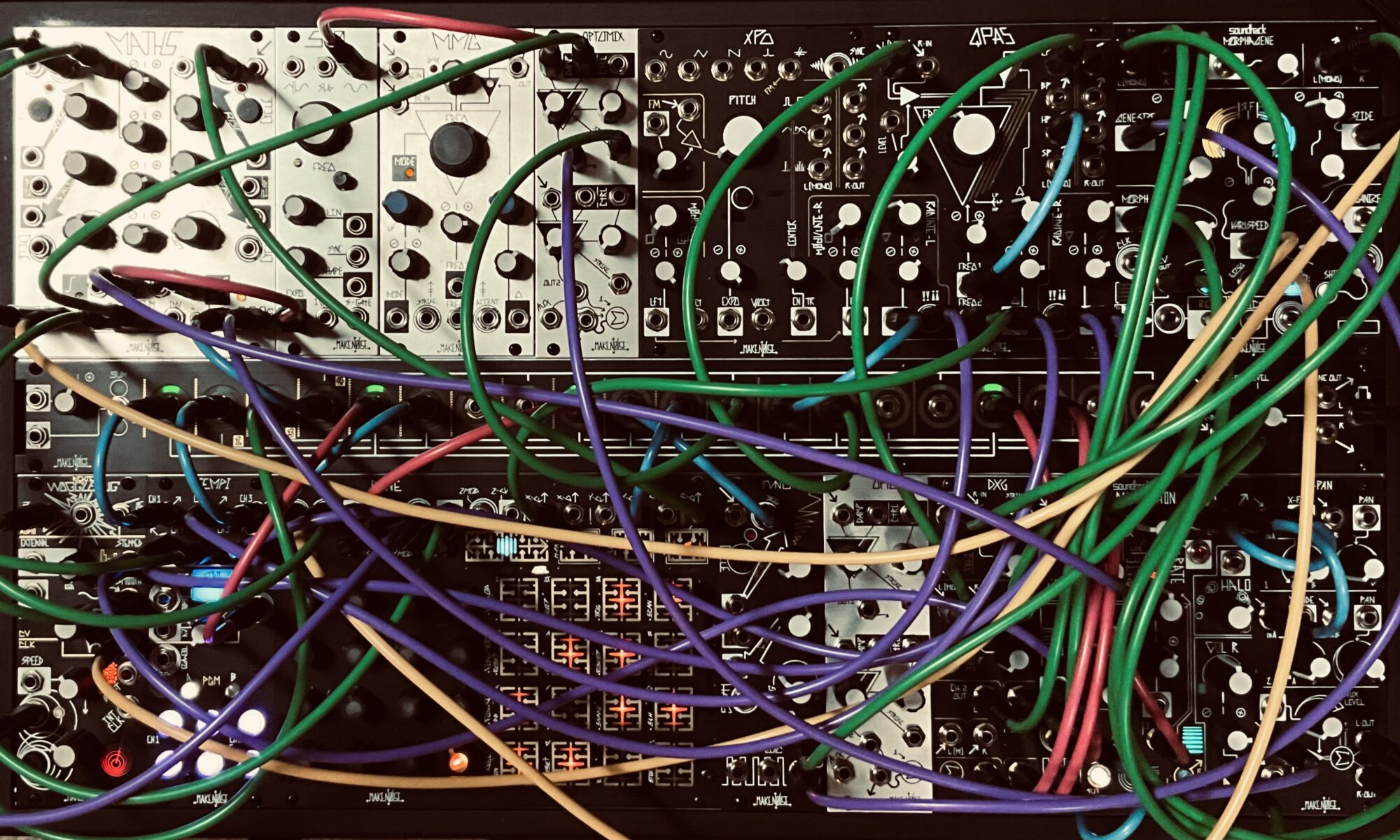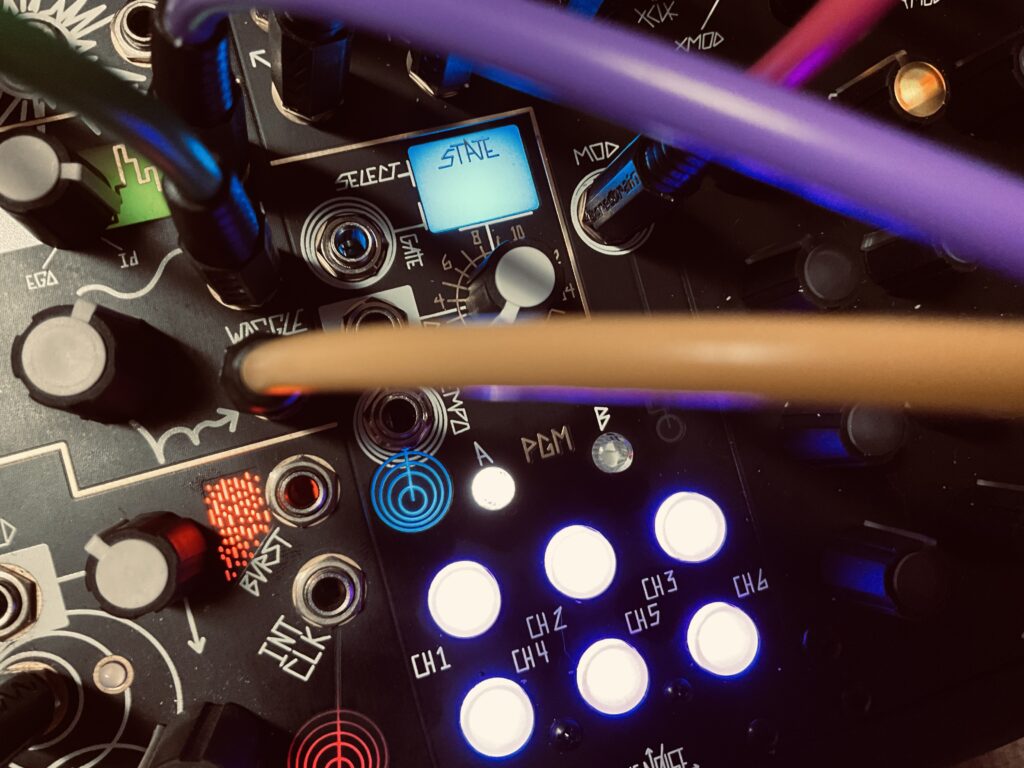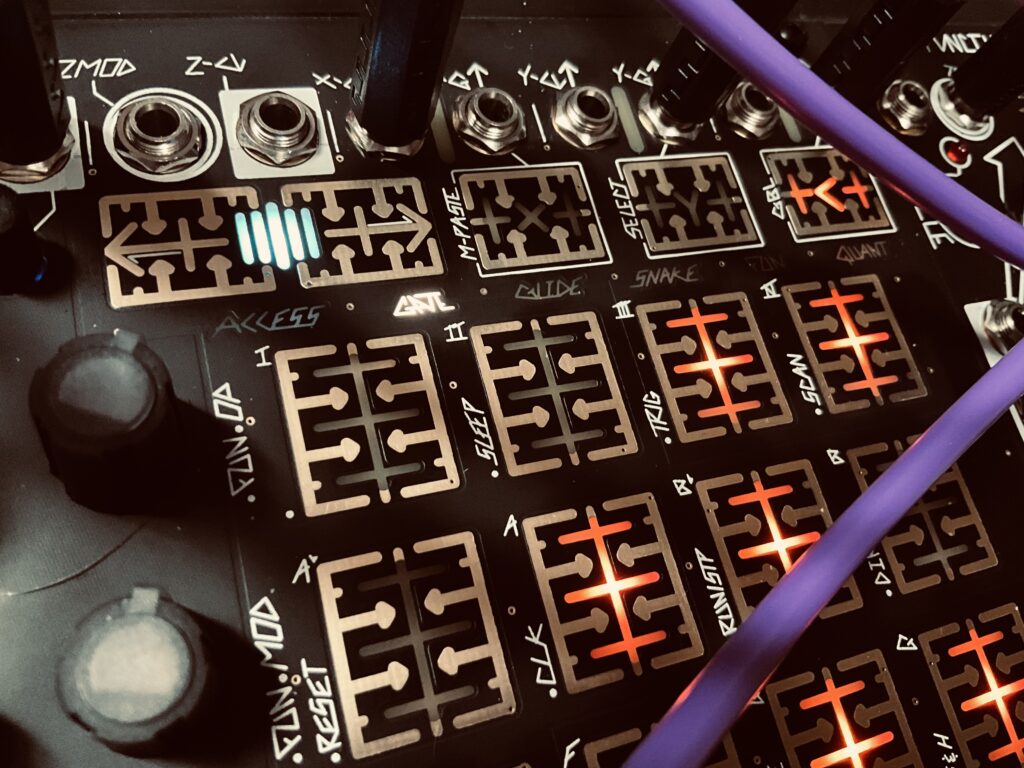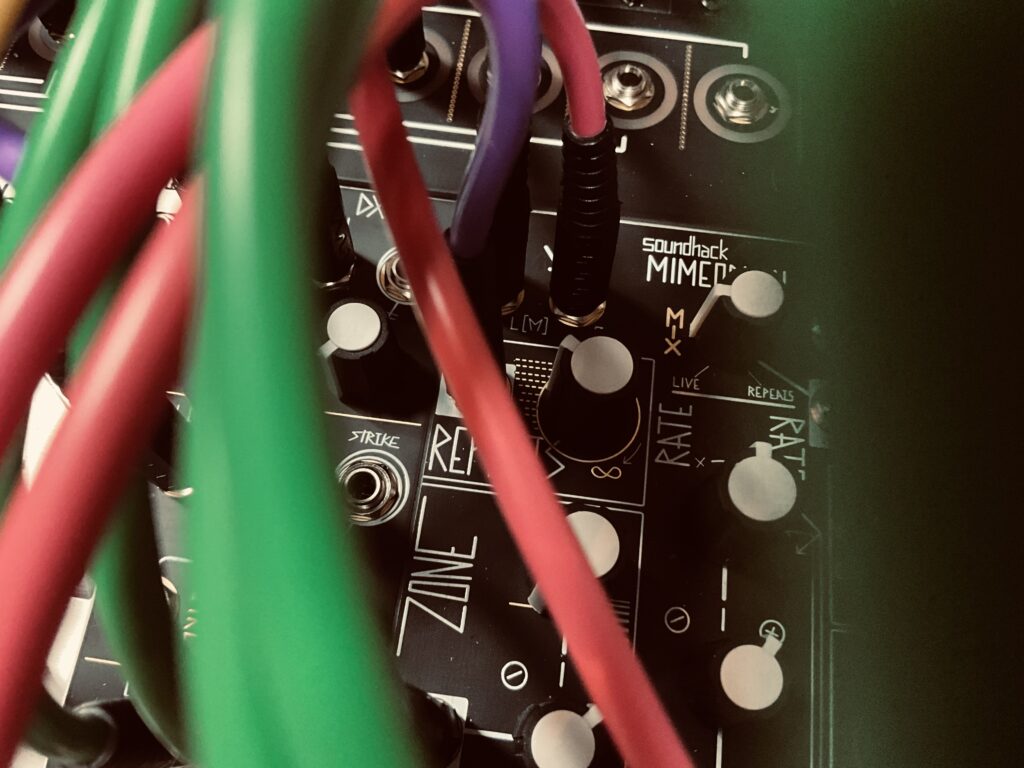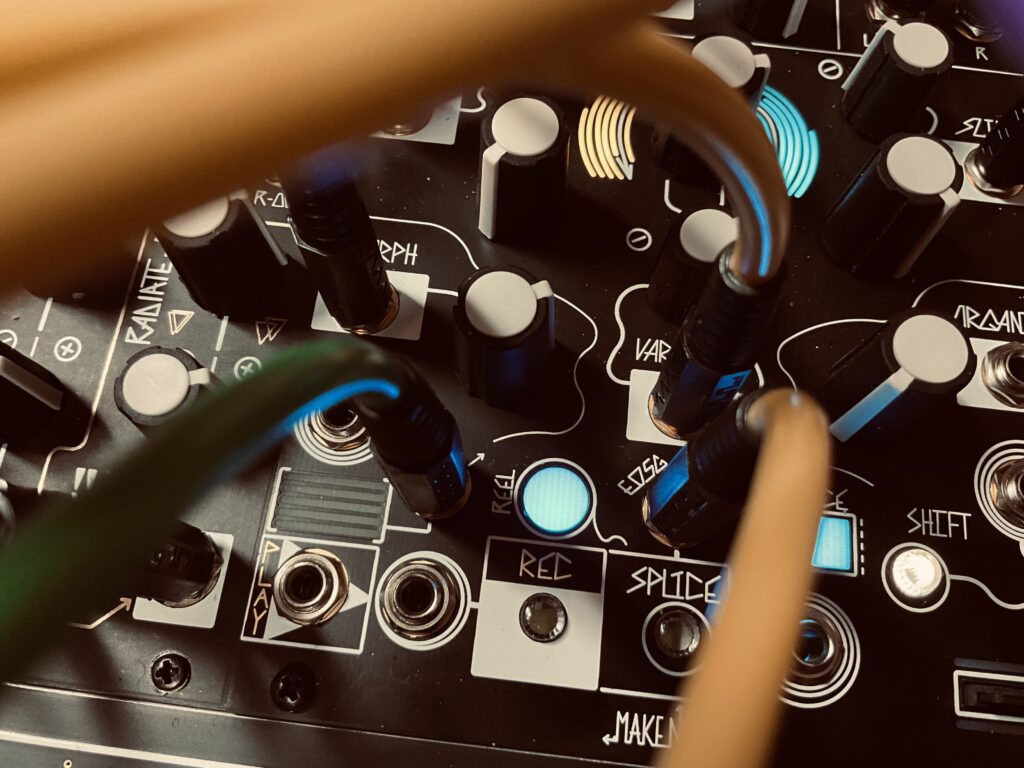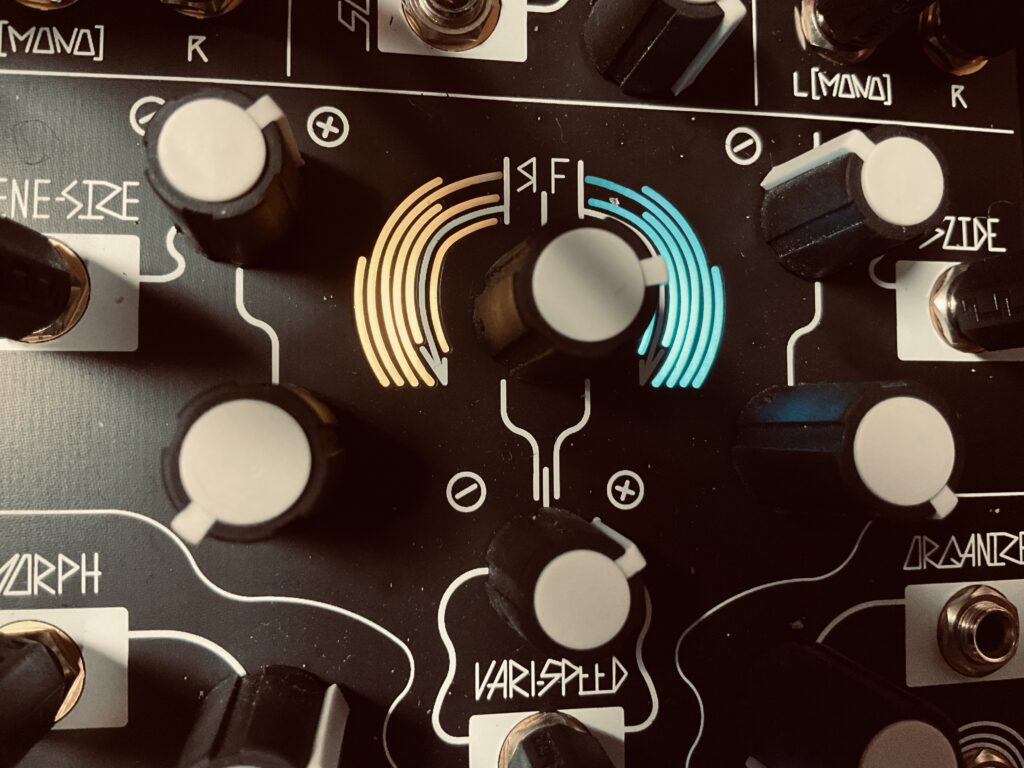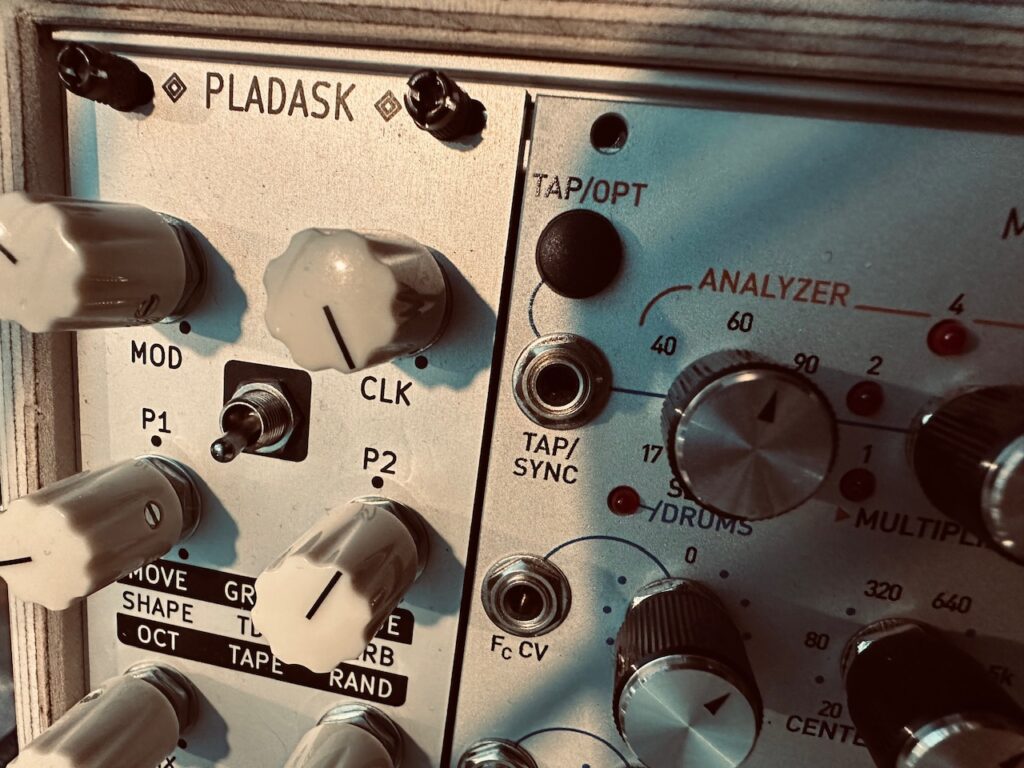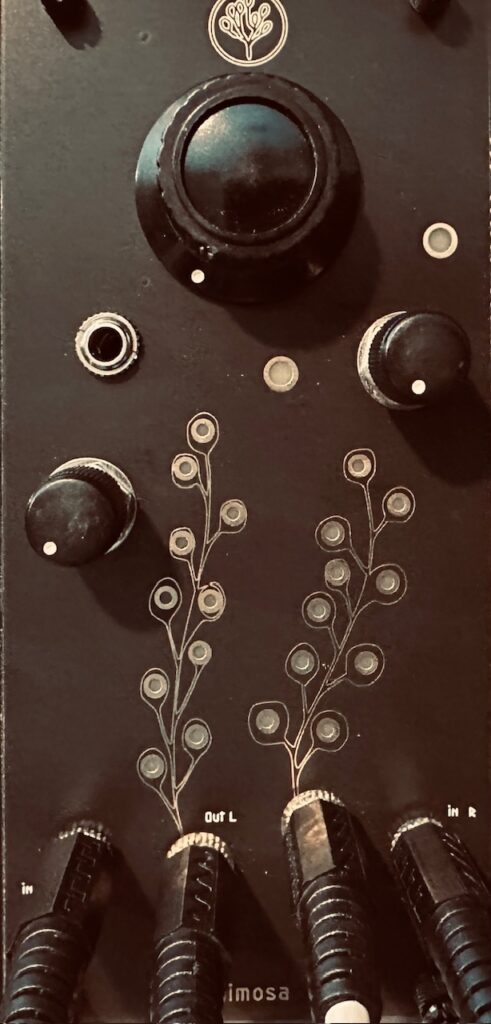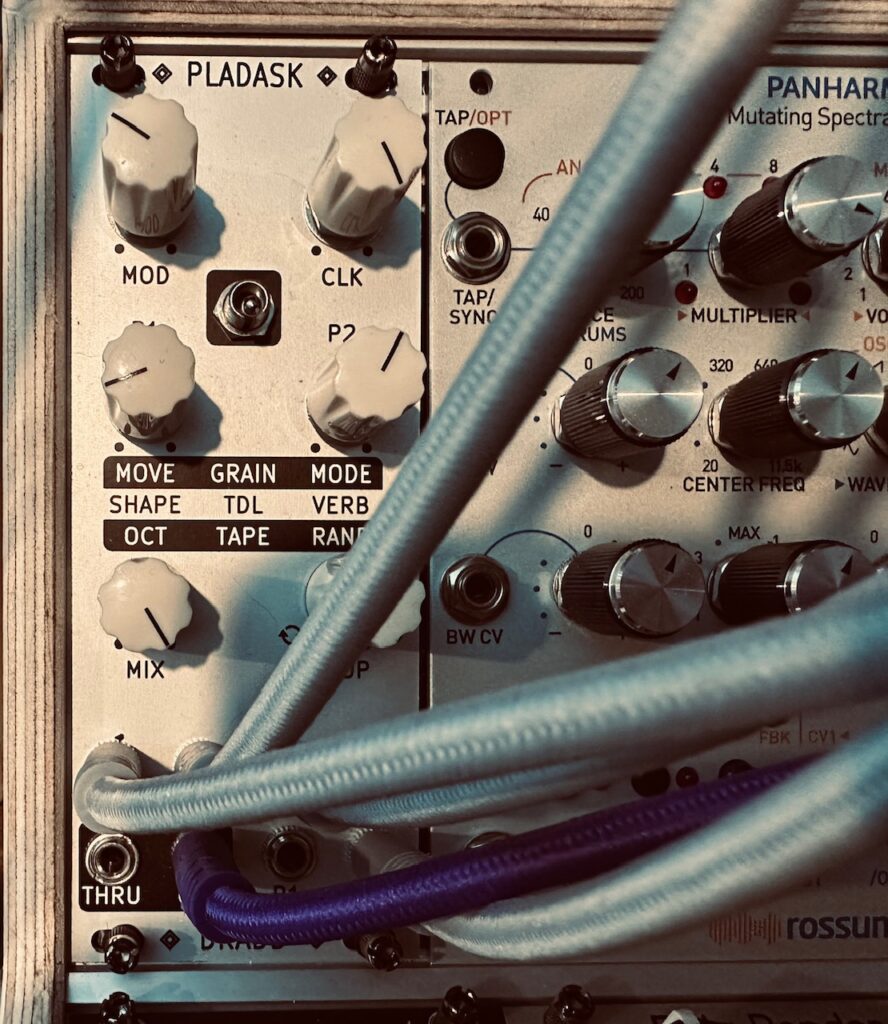As I’m preparing to take a trip with the Make Noise 4 Zone CV Bus Case, I’ve been wanting to give it a test run. To try and figure out some of the logistics of traveling with a full synth and all its necessary accoutrements like cables and power supplies. When I go on my trip later this summer I’ll have a completely different synth than the full Make Noise setup currently in the case, but those details matter less than the case itself. We’ll call it a proof of concept trial run, only taking place on the road during a busy summer baseball season and not a cruise.
My first thought about traveling with a record-ready modular synth is that it’s a lot of extra “stuff.” There’s the Make Noise case itself, plus patch cables, power supplies, an audio interface, and headphones, Although all of the extra stuff that goes with the synth fits in a smallish book tote bag, it’s still an extra bag that will be more difficult to bring along during a cross-country flight. Thankfully my plan, solidified after these first two trial runs, was to eliminate all of the extra baggage by using an Expert Sleepers ES-9, as opposed to an external audio interface.1 The ES-9 takes up a rather substantial portion of the 208hp case, but it eliminates the need for at least 2 pieces of bulky equipment, the accompanying cables, plus the need for at least as much HP in in-the-case mixers. I can transport patch cables in the synth itself, and recording/listening headphones can go in the suitcase.
Although I’d set out to make high quality patches on this trip, I never really had quite the time to experiment I might have liked. Combining the time constraints with trying to learn the DPO in 1 go led to a rather pedestrian patch, with an odd audio waveform I can’t quite figure out.2
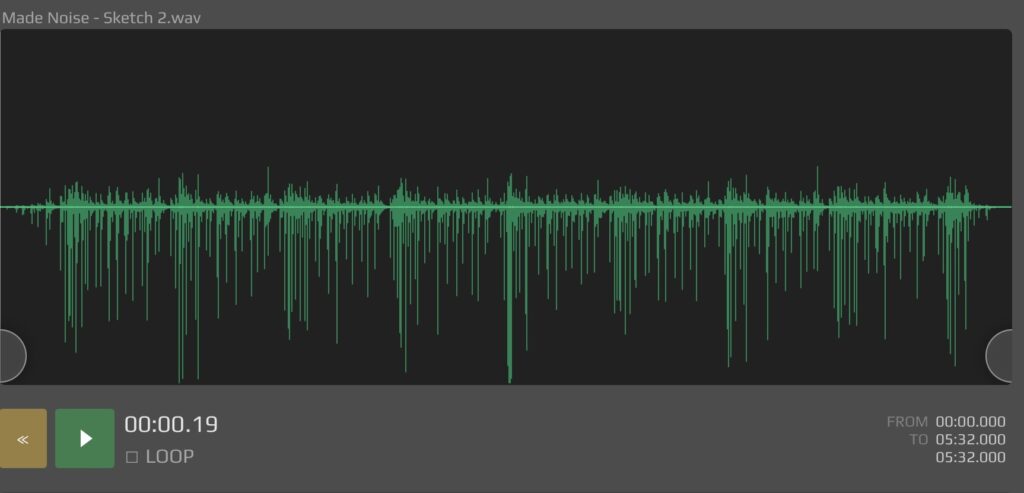
This patch starts as a take on Walker Farrell’s “Selected Ambient Sequence Locations” patch from late 2023. I had no intentions of a direct replication, or even some form of approximation, but I did want to use this technique of allowing notes to bleed through vactrol strikes. It was this technique which guided the rest of the patch, even if there are alterations on the technique itself.
Since the DPO is a new addition to the case, replacing a STO, Optomix, and a MMG, I knew I wanted to dig in and give this complex oscillator a test run. Not really being familiar with how the waveform Strike input behaves was my first challenge. It took some fiddling, and ultimately led to using an envelope instead of a gate, choosing to spend some more quality time on this experimentation with gates at home in my chair. With a sound I was okay with, and having set different clocks on Tempi, I was off.
Similar to Walker’s patch I used differently timed clocks, but I think the X and Y clocks were the same, which led to some repetition I’d rather not have. At least not throughout. Having time constraints often leads to making hasty decisions or settling for “good enough.” It’s the nature of the beast.
The vactrol plucked DPO melody of notes and premonitions created by vactrol bleed of the Optomix are split and sent first to the X-Pan to have it float to and fro in the stereo space, and then to both the mixer (DXG) and Morphagene. The Morphagene, set to full wet, is also sent to the mixer, and the mixer output is sent through the Mimeophon before going to the output.
The marimba type sounds are created using sparse gates from Rene to ping QPAS’ input. There is also other modulation to various QPAS CV inputs that I can’t quite remember. Gates from Tempi. FM from Rene, as well as self-patching the left HP output. Other stuff.
The result is a sort of creepy video game landscape. My oldest son, with whom I’m doing all of this baseball travel, maintains that everything I make with the Make Noise case sounds like something from Terraria. He can even pick out different scenes or atmospheres he sees in the game when he hear my patches. I’ll take that as a complement.
Modules Used:
Make Noise Tempi
Make Noise Rene rev2
Make Noise DPO
Make Noise Optomix rev2
Make Noise DXG
Make Noise X-Pan
Make Noise Mimeophon
Make Noise QPAS
Make Noise Morphagene
Make Noise Maths
Make Noise Function
Make Noise Wogglebug
Improvised and recorded in 1 take on iPad in AUM via the Expert Sleepers ES-9.
**********
- My current travel audio interface is the Arturia AudioFuse. It’s a high quality interface with lots of cool options, including dual headphone out jacks with their own volume control, which is a nice touch when using it with a second person (and my synth playing brother is slated to be there).
- I don’t have any explanation for why it’s so heavy on the negative half of the waveform, but the spikes are there. I also notice a lot of noise in the recording. Not sure if it’s a result of sketchy hotel power, an offset I don’t know about leaking into the audio path, the unbalanced output of the MN case, the Mimeophon, or something else altogether. I’ve used this exact setup at home and not experienced any sort of problems, but today weirdness abounds.
